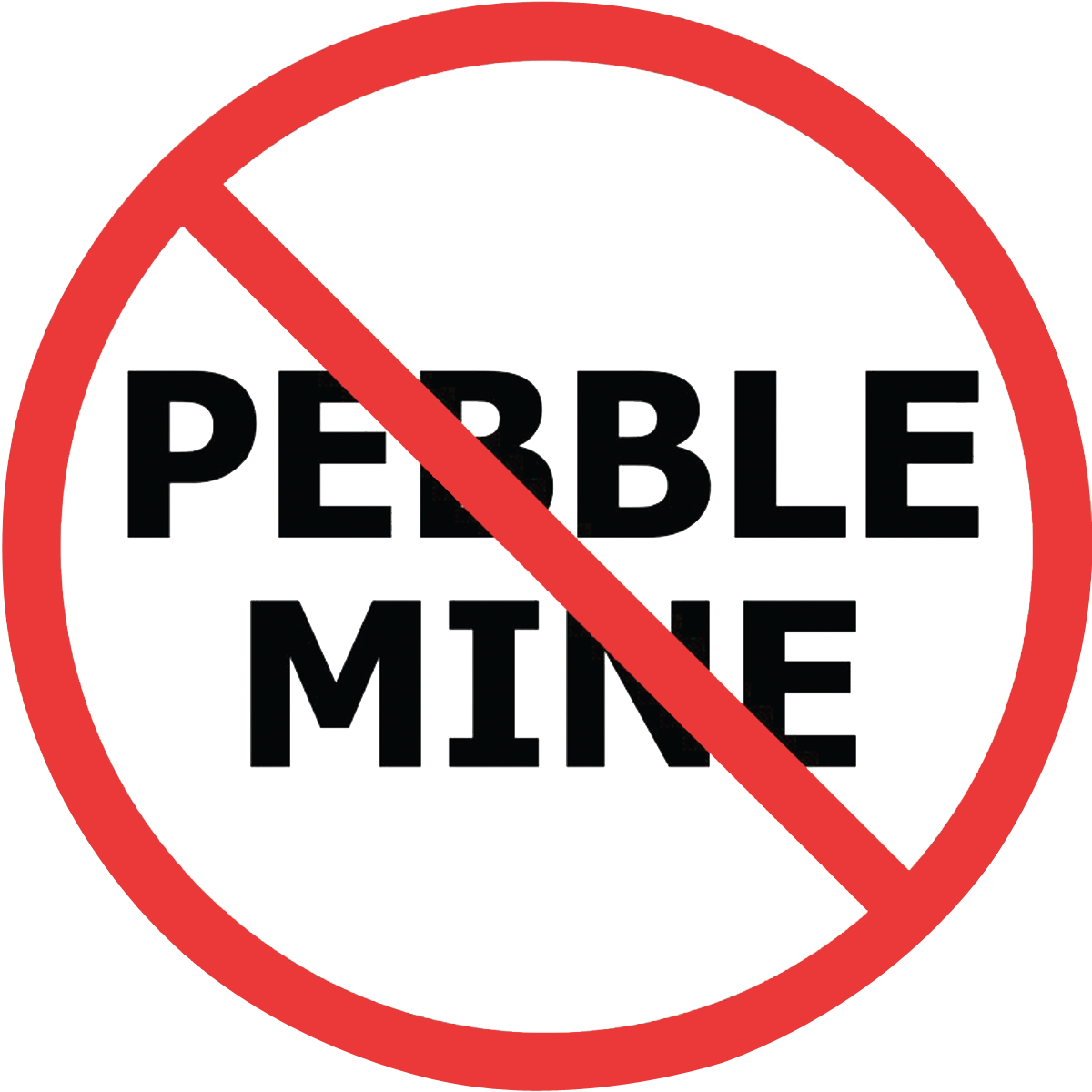View original post on the Alaska Dispatch News by clicking here
- Author: Alex DeMarban
- Updated: 12 hours ago
- Published 12 hours ago
Critics of a copper prospect in the Bristol Bay region who fear it could become a smaller version of its giant neighbor, Pebble, have launched an early campaign to stop it.
The so-called Groundhog prospect follows the same geological belt that supports Pebble, the proposed massive open-pit gold and copper mine a few miles to the south. Pebble has bitterly divided pro-development and conservation forces for years.
But unlike Pebble, an Alaska Native village corporation owns part of the Groundhog mineral claims on state land.
That's not enough for opponents, who earlier this week said they oppose any mining in a watershed that supports one of the world's most important wild salmon fisheries.
The opposition extends to nearby Nondalton, a village of 150 less than 10 miles from where some of the exploration drilling for Groundhog would occur. It's also home to the Kijik Corp., the Native village corporation that owns 49 percent of project owner Chuchuna Minerals Co.
Alaska Earth Sciences, a geological consulting firm in Anchorage, owns the remainder of Chuchuna, a company created in 2014.
The mining company and its owners are seeking state approval for a five-year exploration plan that would punch 13 sampling boreholes into the tundra. The drilling could start as early as this summer at the 40,000-acre prospect about 200 miles southwest of Anchorage. With the Pebble prospect seeing new life under the Trump administration, the Groundhog companies now have an exploration investor, Canadian mining company Quaterra.
The Nondalton tribal council has spent years fighting Pebble. But now the village corporation wants to advance a similar project that will damage the environment too, said William Evanoff, tribal council president and a shareholder in the corporation.
Groundhog Mountain, the project namesake in the drilling area, is a cherished site for gathering berries and hunting moose and caribou to feed families, he said.
"I wouldn't say we're mad (at the village corporation)," Evanoff said. "We're more disappointed than anything."
Officials with Kijik Corp. could not be reached.
Poverty rates are high in the village, and the average household income is estimated at about $25,000, one-third of the Anchorage average, according to the U.S. Census Bureau's 2009-2013 American Community Survey.
Chuchuna's agreement with Quaterra gives the Canadian company the option of purchasing 90 percent of the project by paying $5 million for exploration over five years, and paying Chuchuna $3 million after five years, Quaterra announced in April.
Chuchuna would keep the remaining 10 percent and operate the mine, retaining an interest in royalties that could be worth millions of dollars. Though Quaterra can back out of the deal, it is committed to paying at least $1 million for exploration in the first year, and at least $500,000 annually in the following four years, Quaterra's statement said.
Officials with Alaska Earth Sciences and Quaterra on Monday did not return phone calls seeking comment.
Relatively little has been publicly disclosed about the prospect.
Quaterra, which operates the Yerington copper project in Nevada through a subsidiary, said that studies by an earlier mining company have identified several "large" targets at Groundhog.
Quaterra said the Groundhog claims cover the northern extension of a 6-mile-wide geological structural zone that encompasses Pebble and a number of other copper and gold prospects.
"Regional magnetic data suggest that geology similar to that at Pebble" extends for many miles northeast of the Pebble deposit, Quaterra said in April.
In May, Chuchuna asked the state to approve the exploration plan, which calls for three to five boreholes to be drilled in 2017, starting this summer. The holes would be drilled about 1,200 feet deep and 3½ inches in diameter. Future boreholes to be drilled under the plan could extend to a depth of more than 4,000 feet, according to the plan.
Two local creeks, including Groundhog Creek, would provide water for drilling.
Opponents fear acid produced from hard-rock mining activities will enter the Bristol Bay watershed, hurting streams and fish.
The Nondalton tribal council and the United Tribes of Bristol Bay, a 14-tribe consortium that includes the Nondalton tribe, organized a letter-writing campaign that sent nearly 500 opposition letters from Alaskans to the state, said Alannah Hurley with United Tribes.
Many active mining claims are in the area, though Pebble and Groundhog are among the most studied, Hurley said.
Pebble's chances of mining the gold and copper at its prospect got a boost in May, when the Environmental Protection Agency under President Donald Trump settled a lawsuit with Pebble Limited Partnership. The agreement has opened the door for Pebble Limited, owned by Northern Dynasty Minerals of Canada, to file applications with state and federal agencies for development.
Mine opponents in Bristol Bay fear development in the region would lead to the creation of roads, power facilities and other hardware that help enable additional mining prospects, such as Groundhog.
"It's crystal clear to us it's the same type of deposit in the same area with the same risks," said Hurley. "Maybe not on the same grand scale as Pebble, but when you look at the cumulative effects on the watershed, that's pretty scary."
About this Author
Alex DeMarban is a longtime Alaska journalist who covers the oil and gas industries and general assignments for Alaska Dispatch News.
